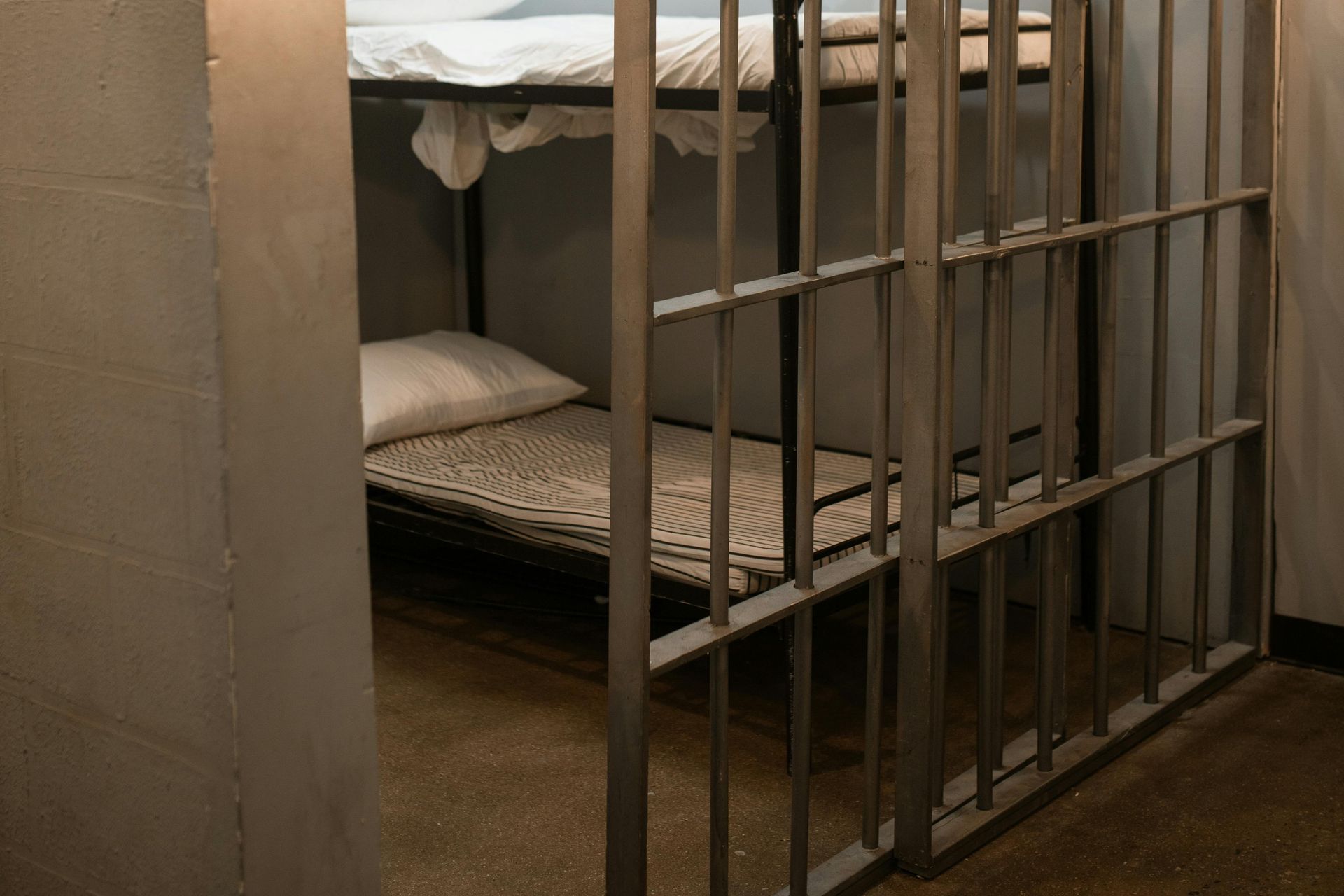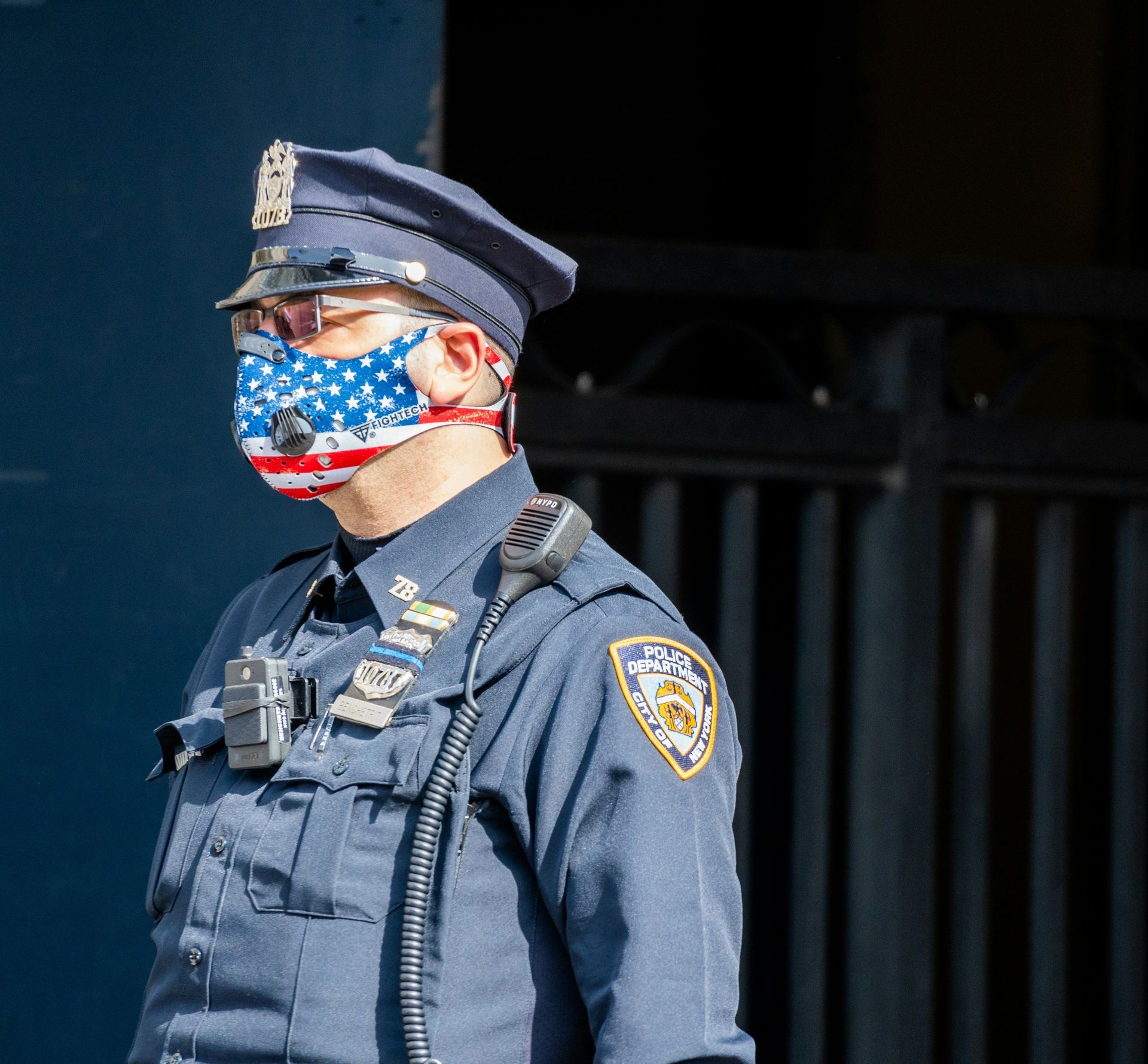Homicide Rates
This article was originally published in WalletHub in 2021
Why has there been a recent spike in homicides across the country?
That is a great question, but there is no simple answer as a complicated array of factors affect national crime rates and homicide rates in particular. Clearly, though, the pandemic influenced just about everything in our lives, including violent crime rates. Large swaths of people in the U.S. were facing, and continue to face, unemployment and related economic issues. Community outlets, such as schools, parks, and religious institutions, were unavailable during these times of extreme stress. With all the lockdowns, people were trapped at home, feeling depressed and isolated. These types of feelings and frustrations can boil over and turn into violent criminal activity.
Another aspect of the pandemic that may have influenced crime rates was the release, or early release, of prisoners due to pandemic concerns in the prison population. California, for example, granted early release to thousands of prisoners in an effort to slow the spread of the virus in the prison system. Another approach undertaken by states was to reduce the number of incoming prisoners by granting diversion for lower-level crimes. Criminal trials were postponed for a time, resulting in the release of defendants due to statutory speedy trial requirements.
Another factor affecting crime rates is the effect that COVID-19 had on policing policies. On the one hand, police departments were generally less active during the pandemic. Police reduced foot patrols and asked the public to report some crimes online or over the phone rather than in person, given the pandemic. There were fewer active officers out patrolling due to quarantines and illness.
On the other hand, there were continued, appalling displays of police violence during the pandemic, and community relations with the police hit new lows. It should be no surprise that police violence eventually begets more violence.
What will it take for the homicide rate to decrease again?
Violent crimes have seen alarming increases. There has been a spike in homicides and shootings over the past year or so in many cities across the U.S. Poverty-stricken areas have been particularly hard hit economically by the pandemic and this is where the increase in violent crimes has been concentrated. Furthermore, racially motivated violent crimes have increased. Gun and ammunition sales skyrocketed during the pandemic, likely for many reasons, one being that the pandemic, combined with outrageous acts of police brutality and the resulting protests, unleashed unique fears during this unprecedented time. Another type of crime that has seen an increase is domestic violence, as people in unstable relationships were forced to shelter-in-place together at home for months on end.
This worrisome, tragic trend of homicide rates on the rise need not continue, however. Hopefully, as more and more people get vaccinated, we’ll see a sustained rebound in the economy and a return of the face-to-face contact, community outlets and interventions that help prevent violent crime in the first place. The solution to the rise in homicide rates is not to overreact with fear and attempt to justify staying with the old model of police ruling with impunity and an iron fist. One of the goals of ongoing efforts at police reform and better community relations is to treat those communities hardest hit by violent crime with fairness and transparency. Treating communities with respect is not only the right to thing to do, but police reforms can also foster some level of trust so that members of the community will report crimes and get the police involved in investigating and preventing violent crime.








